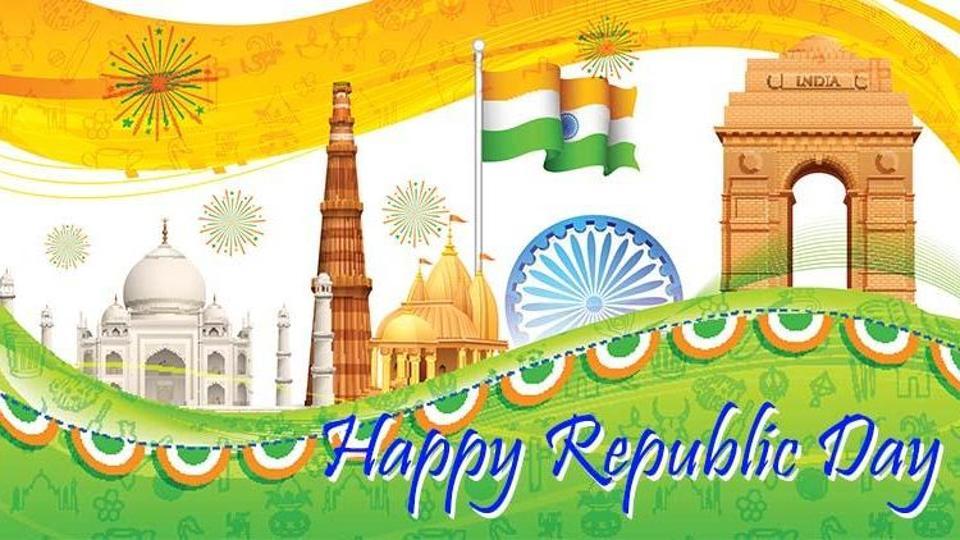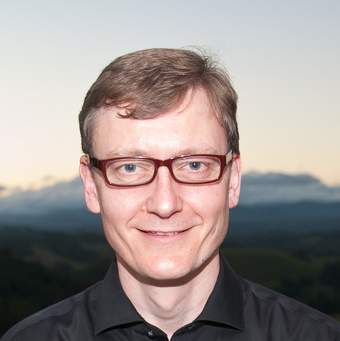Swami Vivekananda
Swami Vivekananda Bengali: 12 January 1863 – 4 July 1902), born Narendranath Datta, was an Indian Hindu monk, philosopher, author and religious teacher. He is recognised as the most influential Hindu of his time. He is a crucial figure in introducing Hinduism to the West and raising interfaith awareness. He also helped bring philosophy & religion together, which was pretty revolutionary for its time. Vivekananda became a popular figure after the 1893 Parliament of Religions in Chicago, where he began his famous speech with the words, "Sisters and brothers of America...," before introducing Hinduism to Americans. He was so impactful at the Parliament that an American newspaper described him as, “an orator by divine right and undoubtedly the greatest figure at the Parliament”.After great success at the Parliament, in the subsequent years, Vivekananda delivered hundreds of lectures across the United States, England and Europe, disseminating the core tenets of Hindu philosophy, and founded the Vedanta Society of New York and the Vedanta Society of San Francisco (now Vedanta Society of Northern California), both of which became the foundations for Vedanta Societies in the West.
Srimat Swami Vivekananda was born into a Bengali Kayastha family that lived in Calcutta. He was interested in spirituality and religion from early on in his life.
How Swamiji's Legacy Became a Foundation for Modern Yoga-
In the summer of 1894, Vivekananda added Yoga to his curriculum. His decision drew from the fact that he realised that a large number of people in America craved a personal experience of Indian spiritualism. He went on to establish the Vedanta Society in New York in 1895 which continues to thrive till day.
Meet with Rama Krishna-
He was the chief disciple of the 19th-century saint Ramakrishna Paramahamsa and the founder of the Ramakrishna Math and the Ramakrishna Mission. He is best known for introducing Hinduism at the Parliament of the World's Religions in 1893. He is also known for his inspiring quotes and speeches, which continue to be a source of inspiration to this day. His teachings focused on the importance of service, meditation, and the power of will. He believed that everyone has the potential to become divine and that the only way to reach that potential was through self-realization and spiritual transformation. He encouraged people to look within themselves and to find the divine within. He is remembered as a great spiritual leader and teacher, and his teachings continue to inspire many people around the world.
Teachings & philosophy-
Vivekananda's emphasis on nirvikalpa samadhi was preceded by medieval yogic influences on Advaita Vedanta. In line with Advaita Vedanta texts like Dŗg-Dŗśya-Viveka (14th century) and Vedantasara (of Sadananda) (15th century), Vivekananda saw samadhi as a means to attain liberation.
Vivekananda popularized the notion of involution, a term which Vivekananda probably took from western Theosophists, notably Helena Blavatsky, in addition to Darwin's notion of evolution, and possibly referring to the Samkhya term sātkarya. Theosophic ideas on involution have "much in common" with "theories of the descent of God in Gnosticism, Kabbalah, and other esoteric schools."According to Meera Nanda, "Vivekananda uses the word involution exactly how it appears in Theosophy: the descent, or the involvement, of divine consciousness into the matter."With spirit, Vivekananda refers to prana or Purusha, derived ("with some original twists") from Samkhya and classical yoga as presented by Patanjali in the Yoga sutras.
Death- On 4 July 1902 (the day of his death)Vivekananda awoke early, went to the monastery at Belur Math and meditated for three hours. He taught Shukla-Yajur-Veda, Sanskrit grammar and the philosophy of yoga to pupils, later discussing with colleagues a planned Vedic college in the Ramakrishna Math.















0 Comments
don't send any negative comment